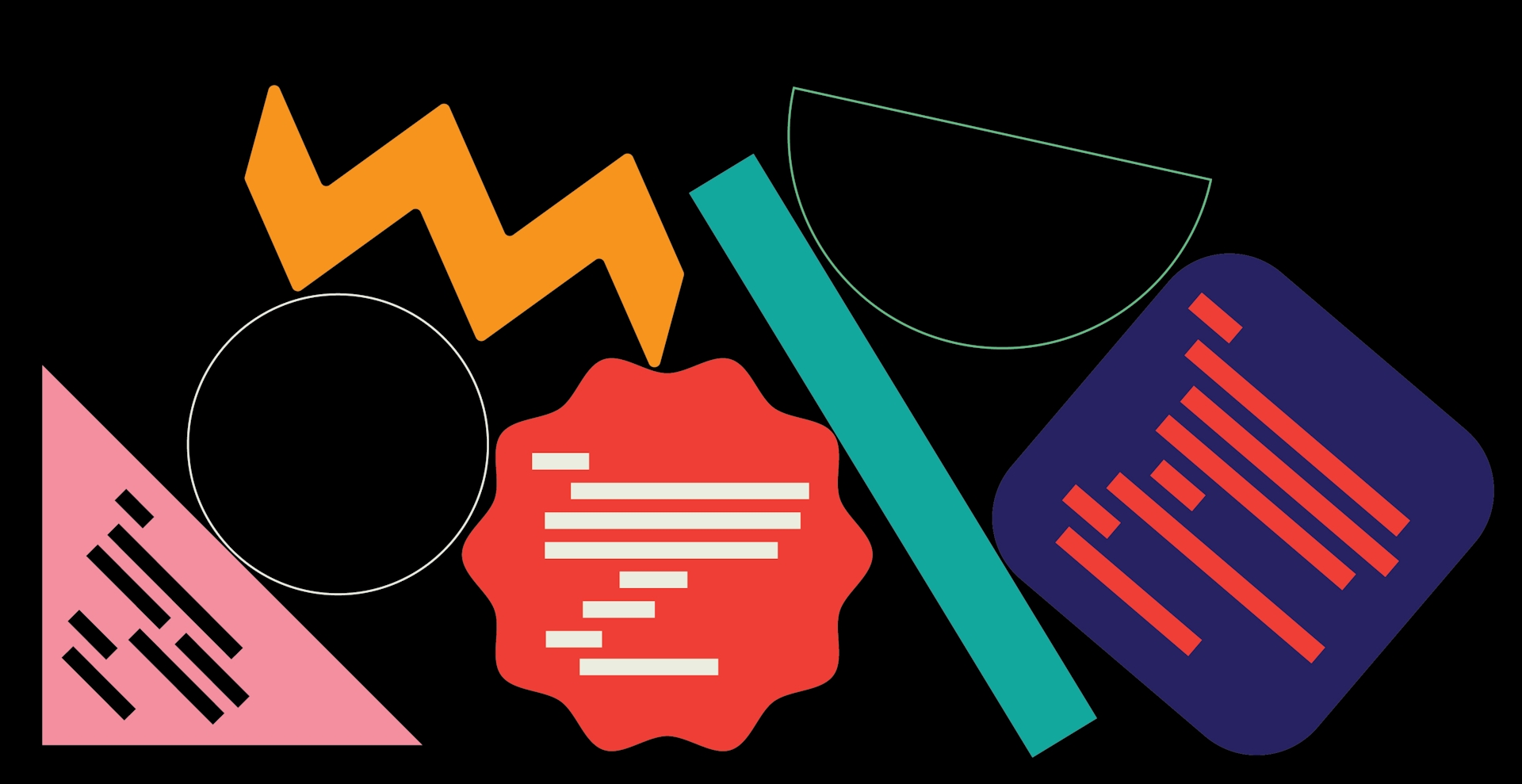The Top 9 Full-Stack Tools Every Developer Needs in 2026
In this blog:
Software engineers (aka developers, programmers, or coding wizards) are the keepers of the digital world. They write and sort through mountains of code to create our favorite apps, websites, software, and more. If it’s online, then a developer built it.
As users, we typically only see the finished product; if we take a look behind the curtain, though, we’ll find a host of tools the programmer used to make the digital product we’re interacting with. Sometimes these tools streamline processes or clean up code, while others help engineers QA their work. Though there’s an endless list of instruments you can add to your toolkit, there are some that stand out above the rest.
To help you find which one is best for you, we asked the Big Human engineering team about the tools and platforms they turn to time and time again. Read on to see what full-stack development tools our engineering teams recommend.
Top 9 Tools for Full-Stack Developers
Visual Studio Code
If you want to jump headfirst into code, then VS Code is a good place to start. The free coding editor is built on open source and can be integrated into both Windows and Apple platforms. It supports several coding languages like Java, JavaScript, Python, C++, and more, so you never have to switch between editors. VS Code is incredibly intuitive for beginners; it highlights keywords in code to help you recognize and learn coding patterns more quickly, and it provides coding suggestions and quick fixes for common mistakes. With a free LiveShare extension, it’s also great for virtual collaboration. As a fun little feature, VS Code also lets users customize their interface with different fonts, icons, and colors.
Prettier
Prettier’s function is in its name — it makes code prettier. Dev teams often have uniform style guides that outline how code should look in every project. Described as an “opinionated code formatter,” the platform reduces the amount of time and effort it takes to tidy up and reformat code to fit the style guide. Since it’s automated, Prettier is a full-stack development tool that’s easy to install and integrate into existing codebases, making it perfect for coding beginners.
ESLint
Got a bug you can’t find? ESLint takes out the guesswork. The code analysis tool helps programmers automatically identify and fix any syntax issues in JavaScript code. The open-source project is built into most text editors and can be customized to help engineers preprocess code, write parsers, and configure files. Bonus: Just like Prettier, ESLint also helps standardize and clean up code.
Google Lighthouse
Checking your work can be tedious at times, so let Lighthouse do some of the heavy lifting. The Google Chrome extension helps improve the quality, accuracy, and performance of web apps. It can checks for speed, accessibility, SEO, and more all on one open-source, automated full-stack development tool. When Lighthouse audits and runs tests on a page, it also gives you a report on the page’s overall performance, which you can then use to make improvements.
Insomnia
Efficiency is key in programming and Insomnia simplifies the process of designing, debugging, and testing Application Programming Interfaces with fully automated workflows. The collaborative, open-source platform makes it easier to build APIs, allowing you to integrate them into applications faster and improve their reliability. Along with a dev-friendly interface and team syncing options, Insomnia also offers over 350 plugins and multi-protocol support to improve workflows without switching between apps.
Browser DevTools
It doesn’t matter what browser you use; from Chrome to Firefox, every web browser has a host of full-stack development tools that enable software engineers to debug, preview, and inspect their work. With DevTools, you can audit web pages, diagnose any issues, and make edits ad hoc. Since the changes happen in real-time, it’s one of the fastest ways to edit elements and analyze performance.
Docker
Docker is a full-stack development tool that enables web developers to create isolated containers for a site or application that are separate from the operating system. Doing this lets web developers make changes and experiment in a siloed environment without worrying if these changes will cause major problems. The isolation also improves the security of the web development process since there’s less risk of corrupted code giving threat actors access to the developer’s computer.
Kubernetes
As a companion to the containerization offered by Docker, Kubernetes offers the ability to deploy and manage hundreds of containers. If you need to roll out changes to several dozen containers, Kubernetes can automate this for you and roll back the changes if they cause problems in the container environments.
AppMaster
AppMaster is specifically designed for mobile app development, and it’s a great choice for beginner developers who need a way to build apps without a lot of coding expertise. You can create your designs by dragging and dropping elements into a visual builder.
Should you develop in-house or outsource to an agency?
There are a lot of factors to take into consideration as you develop your website, landing pages, and mobile applications. While choosing the right full-stack development tools is important, you also have to assess whether or not you have the available expertise within your organization.
While outsourcing app development requires more due diligence when it comes to organizational security and compliance, an effective full-stack web development agency can avoid many of the mistakes made by less experienced developers and will often have more knowledge of security standards at the product level.
Curious to see what kind of products our engineering team builds? Get in touch.
